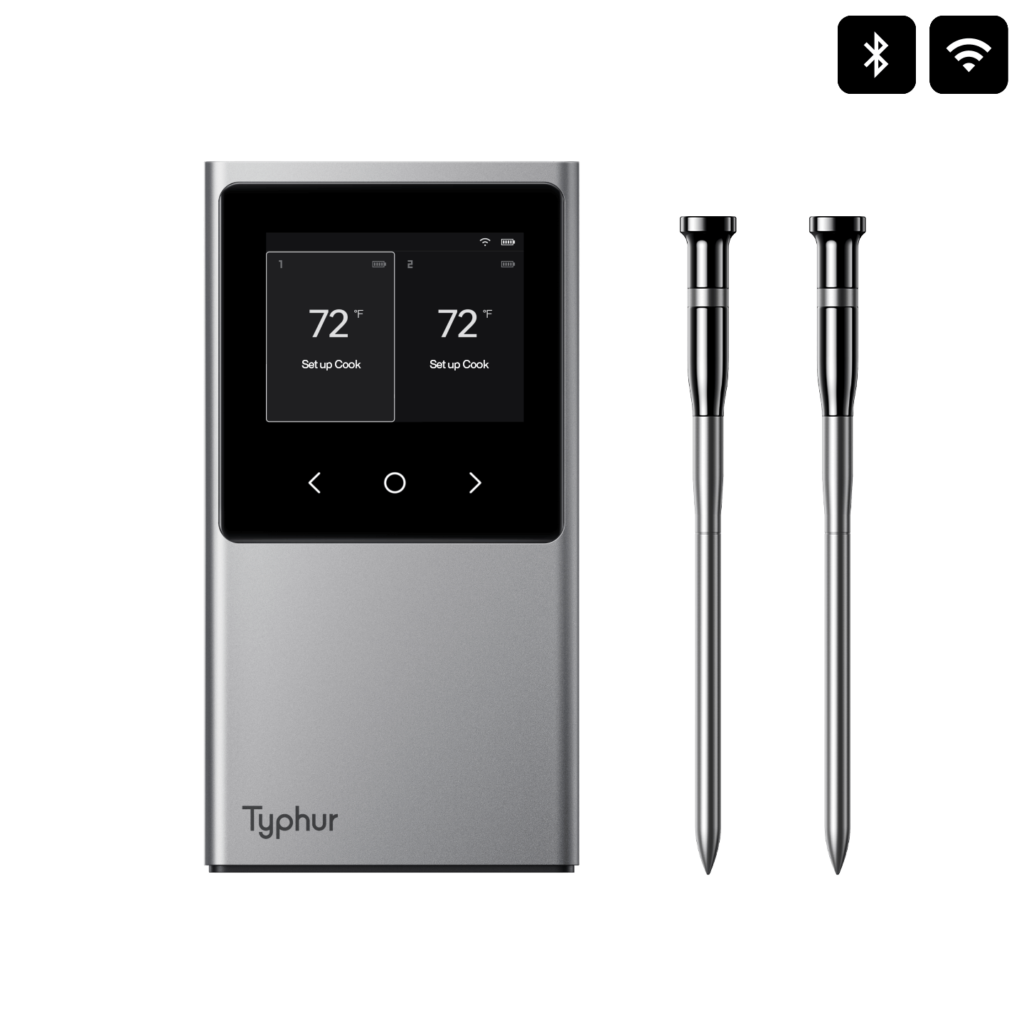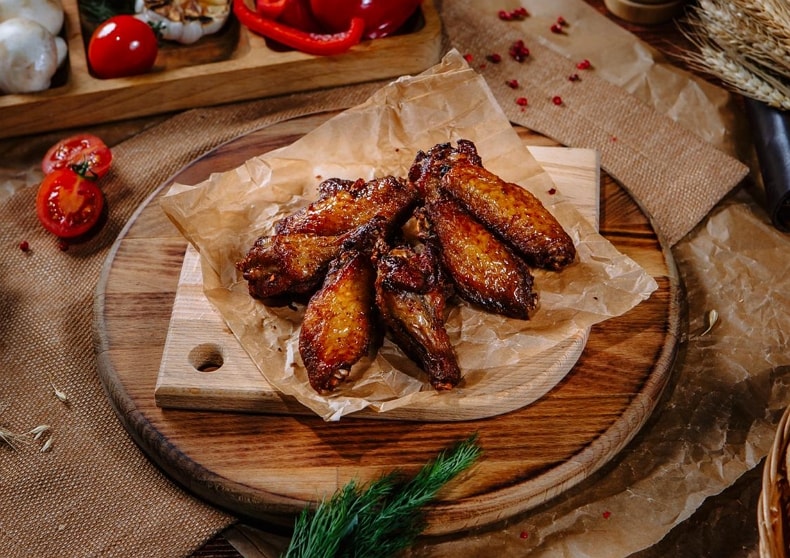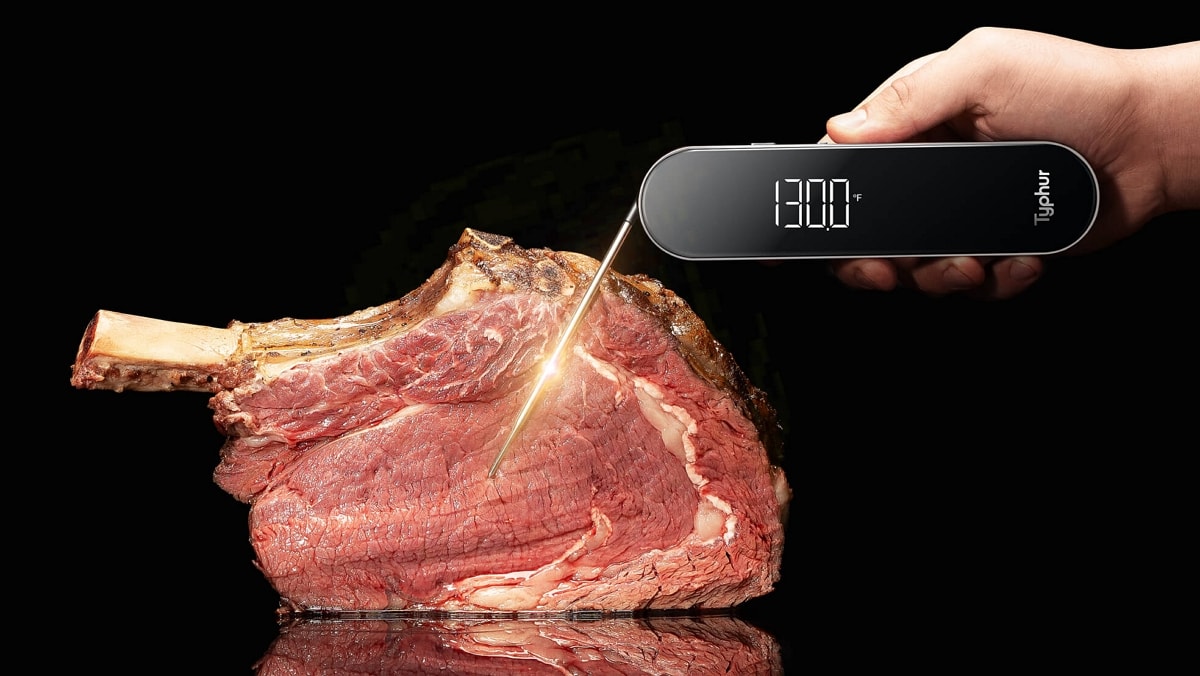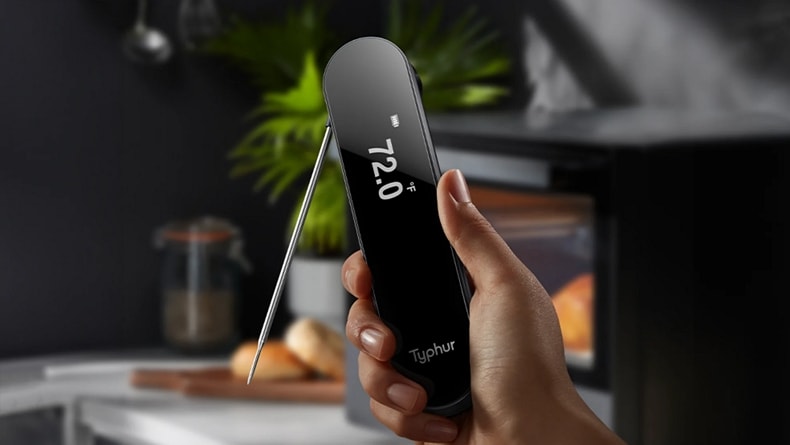Despite the tempting allure of a freshly cooked, delectably seared ribeye steak, it’s crucial to resist the immediate urge to slice and savor. Because there are a very important step in cooking meat happens after it’s taken off the heat, during the resting period. Letting your meat rest plays an essential role in the quest for optimal juiciness and flavor.
That’s why we always recommend removing your meat from the heat at a lower temperature than the target. Understanding, accepting, and correctly applying the principle of resting meat can favorably alter your steak experiences.
The importance of resting meat
Liquid Redistribution
To understand the importance of resting, let’s take a closer look at a steak’s basic structure. The steak is essentially a collection of muscle fibers, similar to a bundle of straws or tubes, filled with water and flavorful dissolved proteins – the juice we all love.

When raw meat is heated, the proteins in the muscle fibers begin to denature or unravel. This denaturing process causes the muscle fibers to contract and force out the water they held in their relaxed state. This is similar to squeezing a wet sponge, but in the case of the steak, the liquid is forced inward, away from the heat source towards the cooler center of the steak.
High heat also leads to a Maillard reaction – a chemical reaction that gives browned food its distinct flavor. While creating a flavorful crust, this reaction further hardens the outer surface, driving more juices inward.
If steak is sliced as soon as it comes off the heat, the imbalance of internal pressure causes desired juices to be expelled rapidly, leaving you with a drier, less flavorful piece of meat. Resting allows the muscle fibers start to cool, relax, and reabsorb some of the moisture that was driven toward the center during cooking. Providing an adequate resting period redistributes the juices more evenly throughout the steak.
Carryover Cooking
Resting, when used as a synonym for carryover cooking, understands the physical basis of carryover heat to avoid overcooking. It occurs when food continues to cook from its own heat after being removed from the heat source. The heat travels towards the center of the meat, increasing the internal temperature during meat resting. Understanding this is key to cooking meat to perfection. For example, if you’re aiming for a medium-cooked steak with a core temperature of 135°F (57°C), you should remove it from the heat when it’s a few degrees Fahrenheit below the desired core temperature, typically 5°F-10°F. So, you should remove the steak at about 125°F-130°F (51°C-54°C) to avoid overcooking.
How long to let steak rest?
Professional chefs recommend about 5-10 minutes. For thicker cuts like prime ribs, the resting time may extend much longer, possibly up to 45-60 minutes. However, the resting period is not a fixed measure, and can be influenced by many factors:
- Larger, thicker cuts of meat will generally require a longer resting period compared to thinner, smaller cuts. The denser the object is heated, the greater the amount of temperature increases due to carryover cooking.
- Generally, meat cooked at higher temperatures will require a longer resting time than meat cooked at lower temperatures. Higher cooking temperatures generate more heat, leading to a greater temperature differential between the surface and center of the meat, resulting in increased carryover cooking.
- Different types of meat can also require different resting times. This is due to variations in the structure and composition of meat. For example, beef may require more resting time than pork, as it carries more residue heat.
These variables comp up the question: when precisely should you pull out your meat from the heat and how long should you allow it to rest to achieve your desired doneness?
Typhur Sync wireless thermometer tells you the perfect timing
Typhur Sync, a wireless meat thermometer with a Syncore.

Smart Bluetooth and WiFi Meat Thermometer
Multiple-point temperature measurement
The Typhur Sync elevates meat temperature monitoring with its innovative six-point temperature measurement, surpassing traditional single or dual-point methods. Each of the six strategically positioned sensors gauge the temperature at a specific location inside the meat.
This multi-sensor approach captures a spectrum of internal temperatures, achieving an impressive precision of up to +/-0.01℉. This advanced system ensures a comprehensive temperature profile, and a precise understanding of the meat’s internal conditions.
Note: Learn the Correct Insertion of Typhur Sync Probes
Data algorithm from multiple sensors
An advanced algorithm using the data from multiple sensors is at the heart of Syncore. This sophisticated technology obtains the real-time core temperature of the meat.
Syncore is capabile of identifying the size of the meat piece, its state (fully defrosted, semi-defrosted, etc.), and the cooking environment. Therefore, the algorithm considers these variables and can predict when to remove the meat from heat and the necessary resting time.
With technology breakthroughs like Typhur Sync, the science of cooking a perfect steak becomes effortlessly accessible. It integrates data from multiple sensors to compute real-time core temperature, providing you with accurate predictions about when to remove meat from heat and how long to let it rest. Sync makes achieving mouthwatering, juicy steaks less of a guessing game and more of a science.





It would be nice to have some BBQ recipies for Beef Brisket, Pork Shoulder, Pork Ribs, burgers and steak that use the Typhur Sync as it’s measuring device.
Your recipe section has items for your Air Fryer and Sous Vide station but no recipies for use with a generic BBQ or smoker or oven while using the Typhur Sync as a cook monitoring device.
Thank you for sharing your valuable feedback! We are currently in the process of developing new recipes which will include BBQ recipes. And that these will be available in the Typhur App by the end of March.
It would be helpful to have alerts (max and min ambient) save with the cooks rather than just the target temp. The ability to add notes (set temp and timing) to the cooks would also be a helpful feature..
When setting elapsed time alerts it would be helpful to be able to edit the label. For example 45 min ‘Spray” or 2 hrs “Wrap”.
Hi Scott, I’m pleased to inform you that our product already possesses this feature. You can easily set and edit these labels through our Typhur app, allowing for better management of your cooking process.
